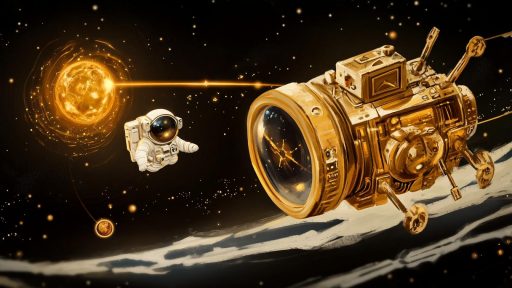
Throughout history, innovation has reshaped the world in ways few could predict. Some technologies don’t just improve on the past—they completely change the game, altering how we live, think, and connect. These breakthroughs redefined the possible, challenging our assumptions and expanding the boundaries of human achievement. What once seemed like science fiction is now woven into the fabric of everyday life.
CRISPR and the Power to Edit Life

CRISPR technology granted humanity an unprecedented level of control over genetic material, allowing scientists to edit DNA with astonishing precision. Originally discovered as part of a bacterial immune system, this tool now holds promise for curing genetic diseases, enhancing agriculture, and even combating pandemics. Yet it also opens the door to complex ethical dilemmas, from designer babies to gene drives. The ability to rewrite life itself has shifted the playing field in science and medicine.
Artificial Intelligence That Thinks for Itself

Machine learning and neural networks have evolved far beyond simple automation—AI systems now compose music, write code, generate art, and carry out complex reasoning. These machines learn from vast data inputs, adapting and improving without direct human guidance. From virtual assistants to deepfake detection and autonomous vehicles, AI is transforming industries at breakneck speed. It’s no longer about mimicking human thought—it’s about redefining intelligence itself.
The Quantum Leap into Computing
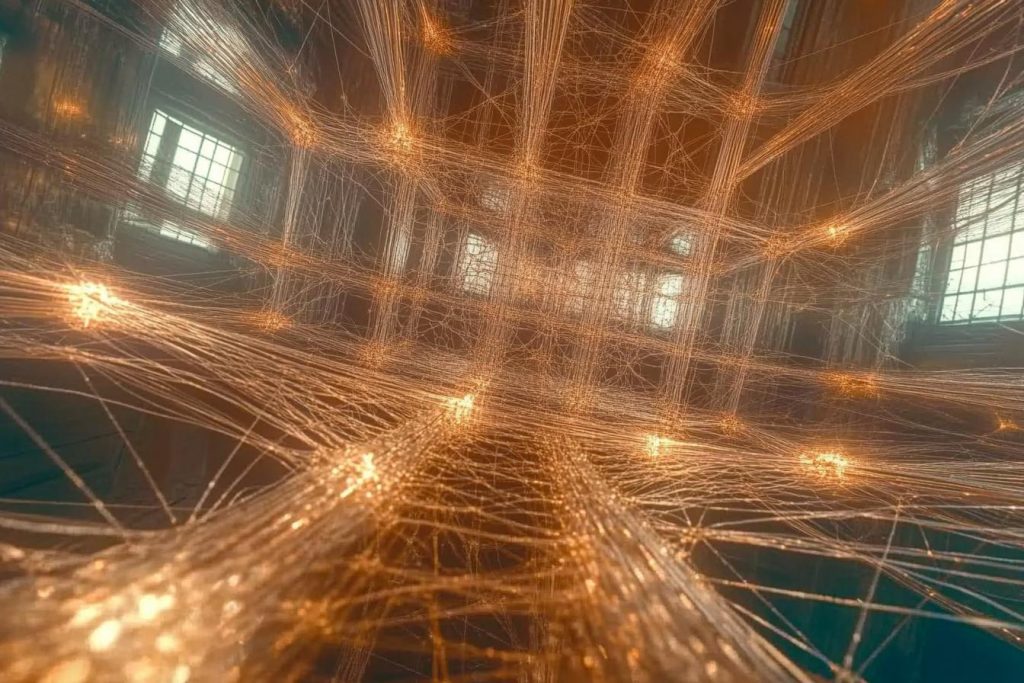
Quantum computing isn’t just faster—it operates on principles that defy classical logic. Harnessing the power of qubits and superposition, quantum machines can solve problems in seconds that would take classical computers millennia. Companies and governments are racing to unlock its full potential, from cryptography to simulating molecules for drug discovery. This breakthrough has rewritten the very language of computation.
Fusion Energy’s Bright Horizon
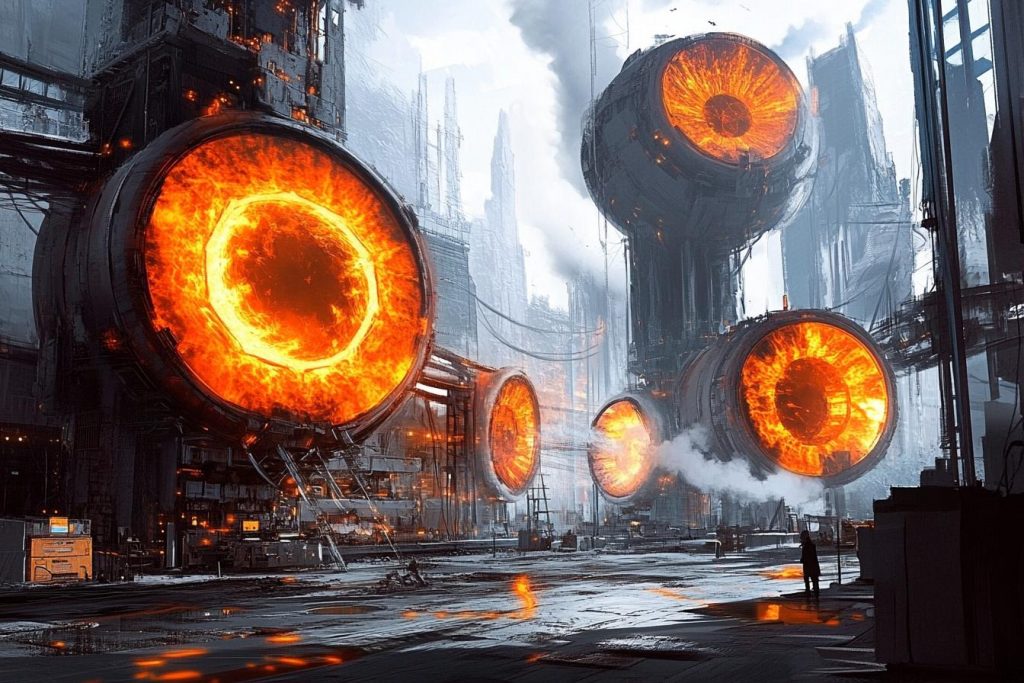
Long considered a pipe dream, nuclear fusion has finally begun to edge closer to reality. Unlike fission, fusion promises near-limitless energy with no radioactive waste—essentially recreating the power of the sun on Earth. Recent experiments have achieved net energy gain, a milestone that once seemed impossible. If successful, this could spell the end of fossil fuels and usher in a new era of clean energy.
Brain-Computer Interfaces Blur the Line
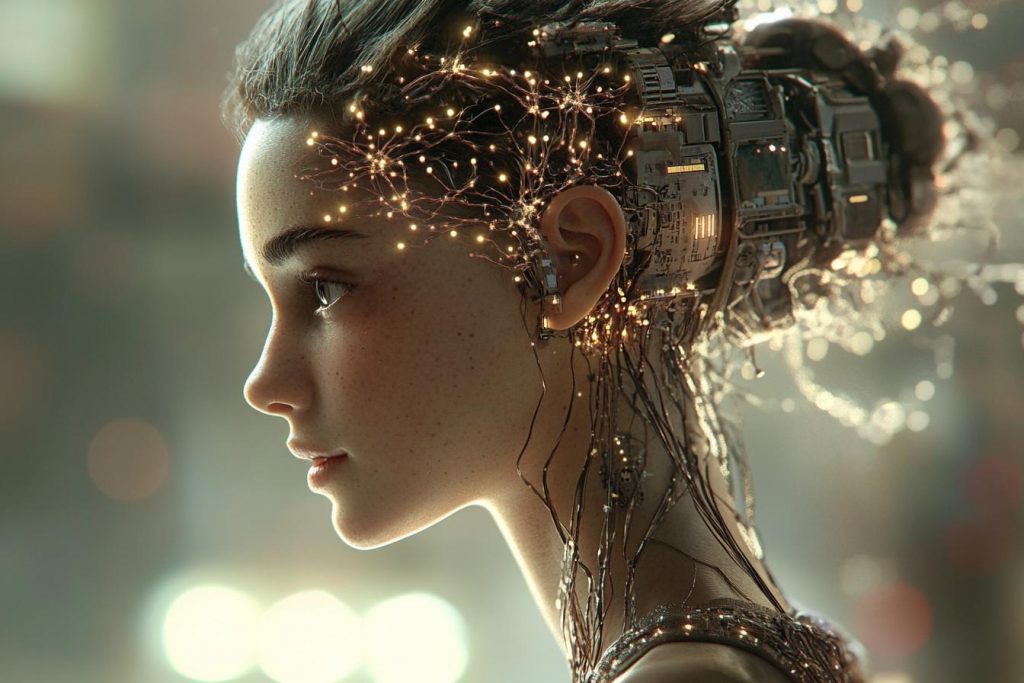
By creating direct communication between the brain and machines, brain-computer interfaces (BCIs) have broken through what once felt like science fiction. From restoring mobility in paralyzed individuals to enabling thought-controlled prosthetics, BCIs are changing lives. Startups are even working on thought-to-text communication and digital memory storage. The merger of mind and machine is no longer a theory—it’s happening.
The Rise of Programmable Matter

Imagine a world where materials can change shape, function, or texture at will. Programmable matter, composed of reconfigurable units called “catoms,” allows physical objects to transform on demand. Still in its infancy, this tech could revolutionize everything from furniture to robotics. When matter becomes as flexible as code, design and function are limited only by imagination.
Synthetic Biology’s Living Machines
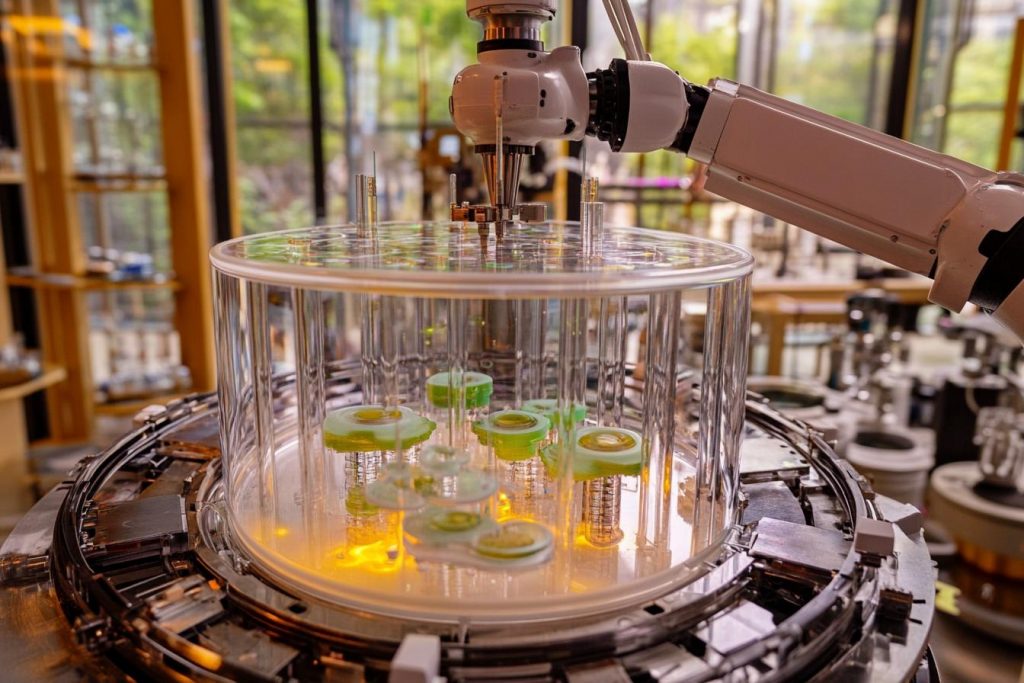
Synthetic biology has given rise to engineered organisms that act like tiny factories—producing fuel, breaking down waste, or even building structures. Scientists are creating cells from scratch and programming them like software to perform complex tasks. It’s a blend of biology and technology that challenges our definition of life. The line between organic and artificial is rapidly vanishing.
The Internet of Everything

We’ve moved far beyond connecting people—now devices, buildings, vehicles, and even clothing are online. The Internet of Things (IoT) has morphed into the Internet of Everything, creating a world where environments react intelligently to human behavior. Smart cities, predictive maintenance, and interconnected systems are just the beginning. As everything becomes a data point, the digital and physical worlds merge into one.
Augmented Reality as a New Dimension
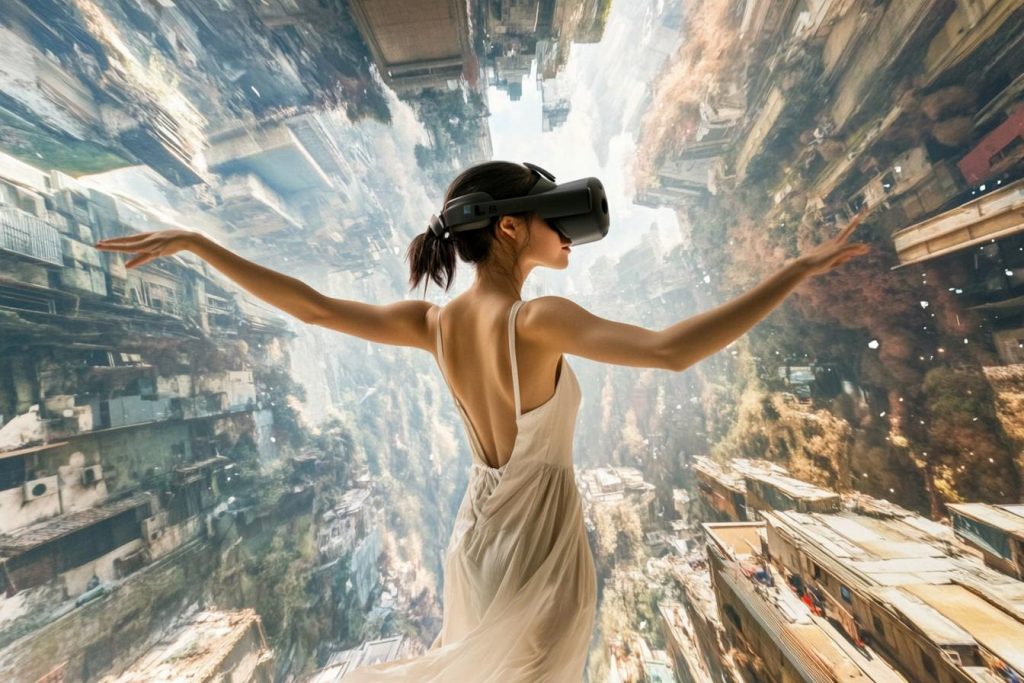
Unlike virtual reality, which replaces the world, augmented reality (AR) layers information and visuals onto our real environment. From gaming and education to surgery and design, AR is altering how we perceive and interact with the world. Glasses, contact lenses, and even neural implants promise to make AR seamless and ever-present. It’s not just an enhancement—it’s a new way of experiencing reality.
Reality Is No Longer the Limit

The technologies reshaping our world aren’t just tools—they’re gateways to new dimensions of understanding, creation, and interaction. As lines blur between the digital and the organic, the physical and the imagined, one thing becomes clear: innovation is accelerating beyond our old boundaries. What seemed impossible yesterday is becoming routine today. And what comes next may not just rewrite the rules—it may erase them entirely.



